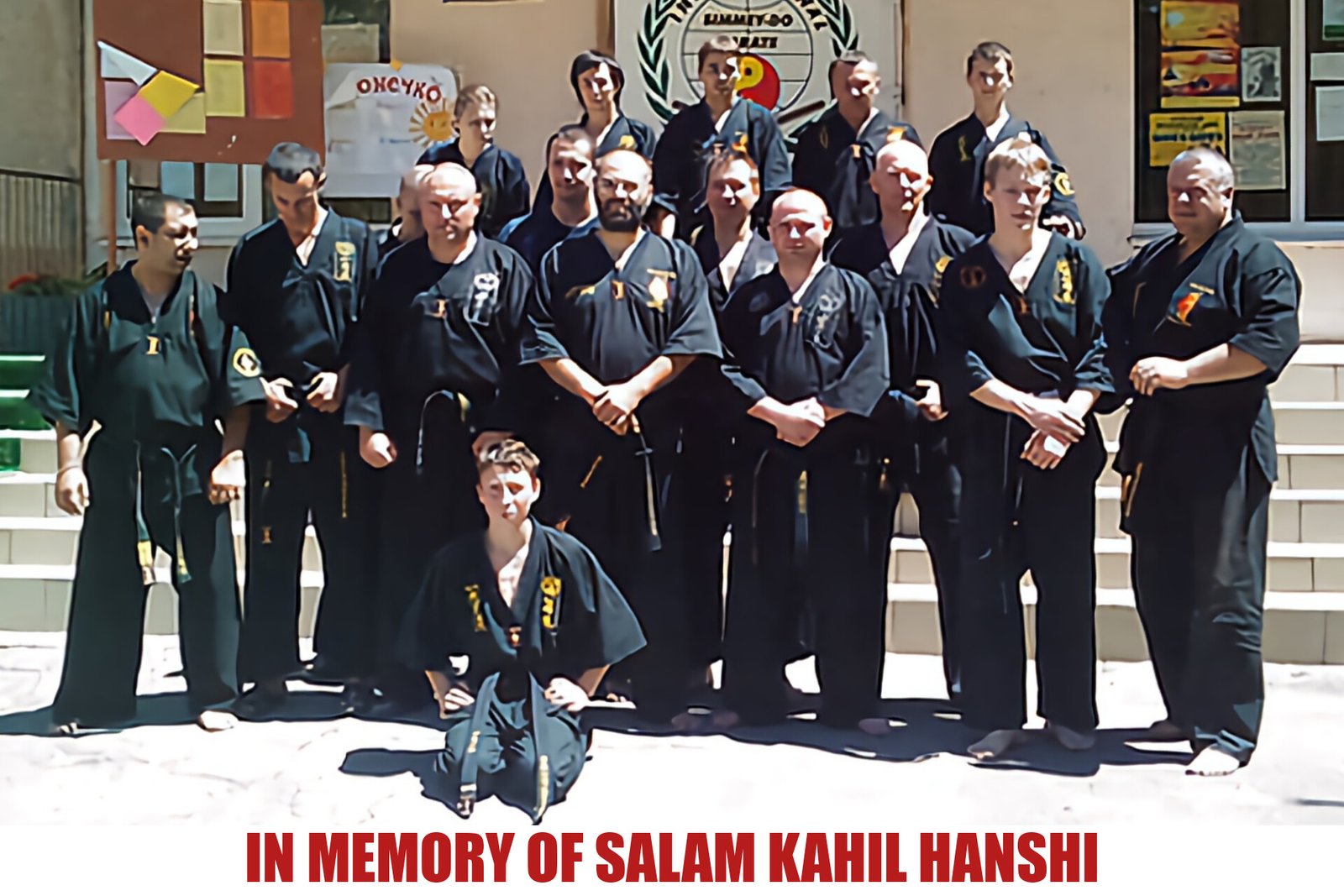Introduction
Full contact karate is a combat sport that combines elements of traditional karate with the intensity of full contact fighting. It is a highly disciplined and challenging martial art that requires both physical and mental strength. In this article, we will explore the history, techniques, and benefits of full contact karate.
History
Full contact karate originated in Japan in the 1960s and gained popularity in the United States in the 1970s. It was developed as a response to the limitations of traditional karate tournaments, where only light contact was allowed. Full contact karate was created to test the effectiveness of karate techniques in a realistic combat situation.
Techniques
Full contact karate incorporates a wide range of techniques, including punches, kicks, knee strikes, and elbow strikes. Unlike traditional karate, full contact karate allows fighters to use full force and contact when striking their opponents. Fighters are also allowed to grapple and use throws to take their opponents down.
Training
Training in full contact karate requires a high level of physical fitness and mental discipline. Fighters must develop strength, speed, agility, and endurance to be successful in the ring. Training typically includes a combination of cardio exercises, strength training, sparring, and technique drills.
Benefits
Full contact karate offers numerous benefits for practitioners. It improves physical fitness, including cardiovascular health, strength, and flexibility. It also enhances mental focus, discipline, and self-confidence. Additionally, full contact karate provides a practical self-defense system that can be used in real-life situations.
Conclusion
Full contact karate is a challenging and exciting martial art that offers numerous benefits for practitioners. It combines the discipline and techniques of traditional karate with the intensity of full contact fighting. Whether you are looking to improve your fitness, learn self-defense, or compete in tournaments, full contact karate is a great choice.
